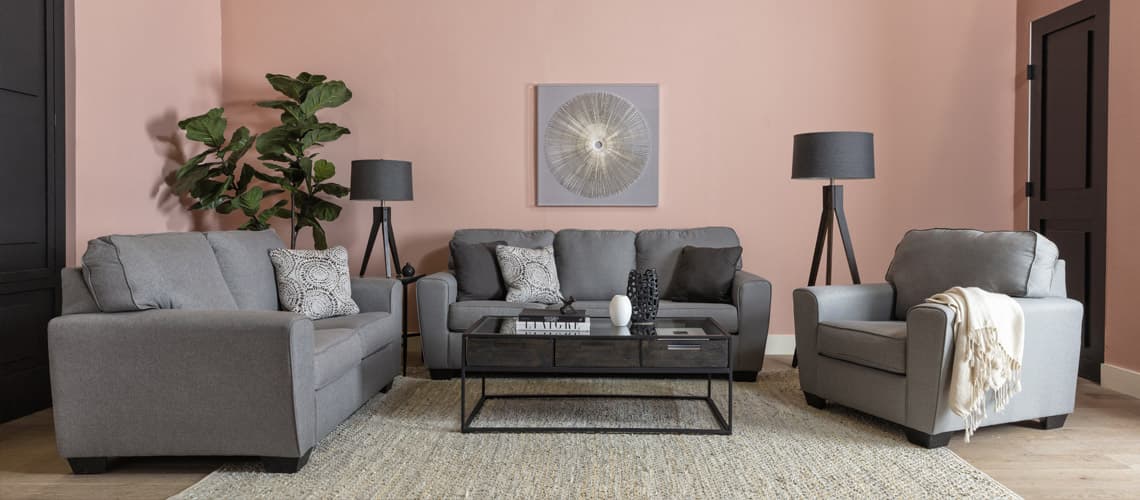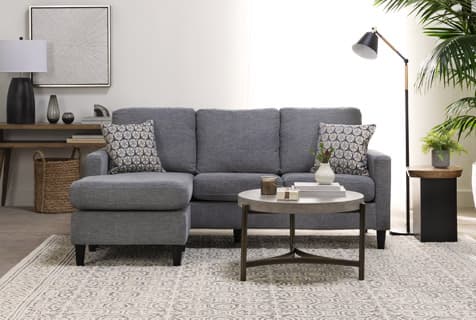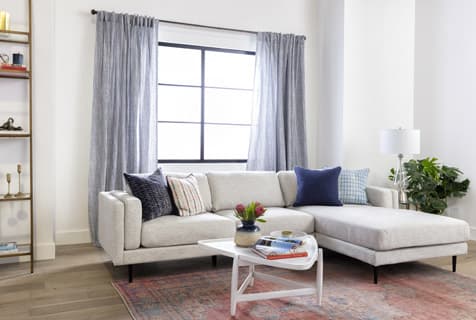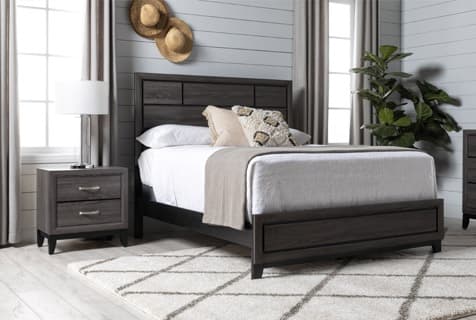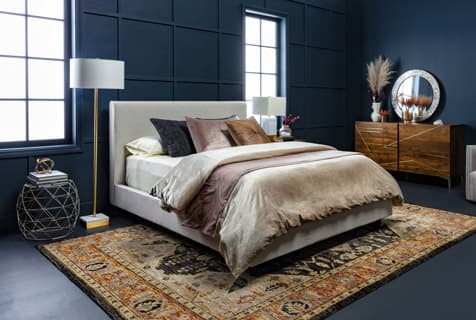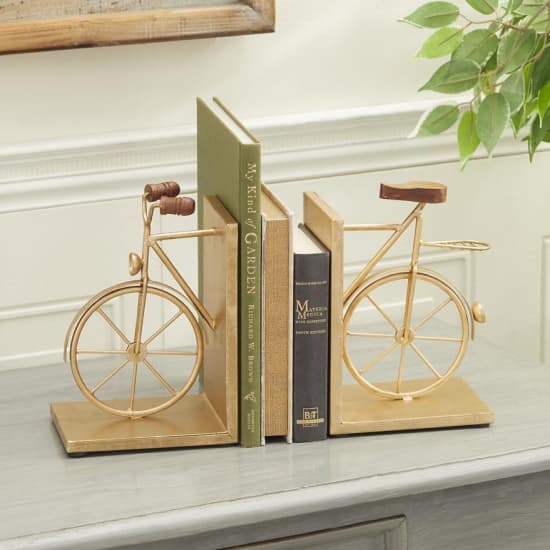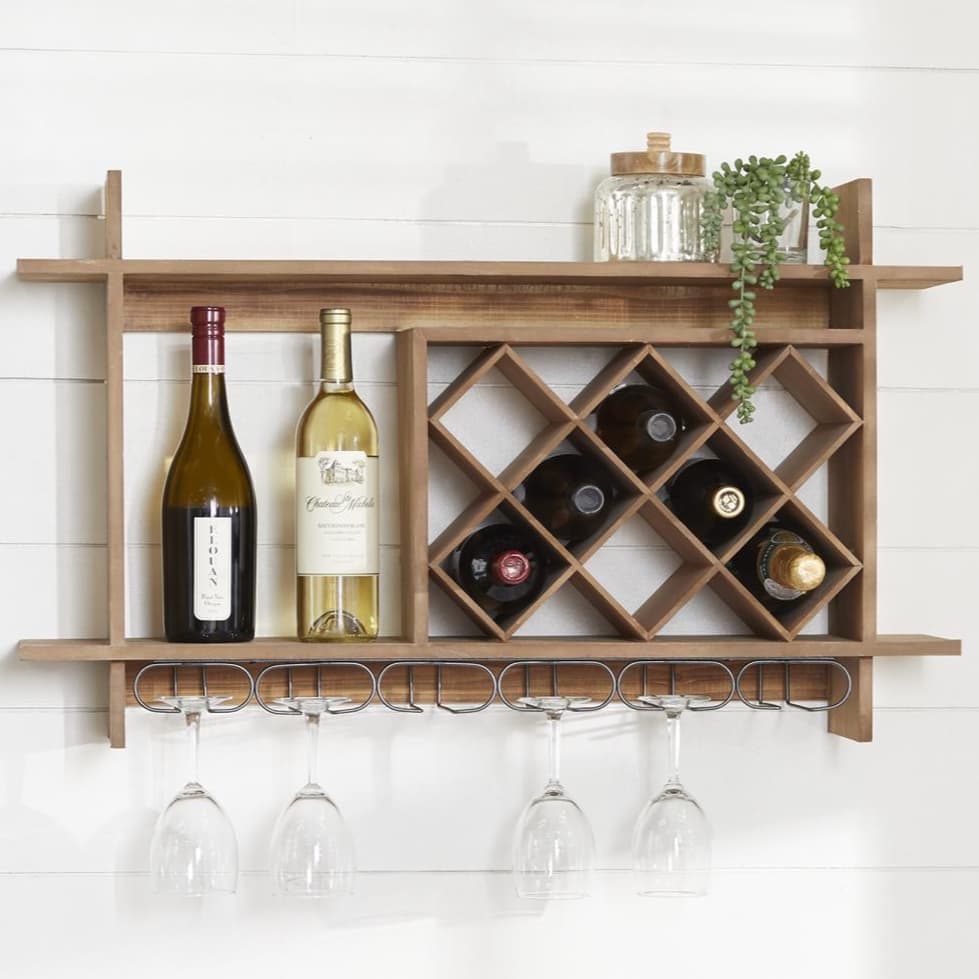Modern Versus Contemporary Design
Is Contemporary the Same as Modern?
Contemporary design and modern design are two distinct stylistic movements. Even so, these two styles share a variety of similarities. A room with a modern or contemporary style is not designed to overwhelm the senses. Instead, both designs are pared down to include only the most basic and essential elements. Keeping clutter out of modern and contemporary spaces is highly encouraged.
Both styles favor simplicity, a neutral color palette and a sense of openness. Wood, glass, metal and many natural materials are all often used in modern and contemporary rooms. And while each design may incorporate artistic touches, neither is likely to feature anything overtly ornate or intricate.
What Is Modern Design?
Modern design refers to the popular style of the early- to mid-20th century - but is actually a mixture of two popular mid-century styles. Modern design combines industrial chic and mid-century modern by blending the stylistic characteristics of the industrial revolution and the 1950s.
By using sleek surfaces and simple furnishings, modern spaces place an emphasis on form and function over embellishment and excess. A neutral color scheme and crisp lines are two of the most ubiquitous fixtures in modern design. Natural materials like wooden beams and exposed brick are used extensively, while furniture is often made of plastic, glass or metal. Geometric patterns and colorful accents are also sometimes used in modern rooms to add a retro touch that is reminiscent of 1960s-era futurism.
What Is Contemporary Design?
Contemporary design refers to what is popular in the "here and now." Anything that is currently trending in the world of interior design can be considered contemporary. Modernism and minimalism are inspiring many of the biggest contemporary trends, with globalism being another major influence.
Creating harmony with the natural environment surrounding each room is an especially popular concept in contemporary design. This is often done by using sustainable materials and incorporating large windows. Wood, stone, and cork are regularly used in contemporary rooms. White walls and monochromatic furniture are also popular, as they can make spaces appear more expansive and open.
How Do Modern and Contemporary Designs Differ?
While the modern design is tied to a specific time period, contemporary design continues to evolve. Contemporary design changes with the times, making this movement less well-defined in comparison to modern design.
Even though each style incorporates neutral colors, modern design favors a warmer and more subdued color palette, whereas contemporary design favors starker and more striking hues. Modern and contemporary designs may also incorporate distinct shapes and structures. While both designs are partial to shapes and lines that are crisp and clean, contemporary design sometimes features curvier furnishings.
Whether you'd prefer to create a modern space, a contemporary space, a combination of both or something else entirely, you can revamp your home just by giving it a new look. Need some fresh design inspiration? Check out more room ideas, style guides and decor tips here.
Featured Products
— More Great Articles —
Related Categories
Read the Latest
Editorial Disclaimer: Articles featuring tips and advice are intended for educational purposes and only as general recommendations. Always practice personal discretion when using and caring for furniture, decor and related items.
